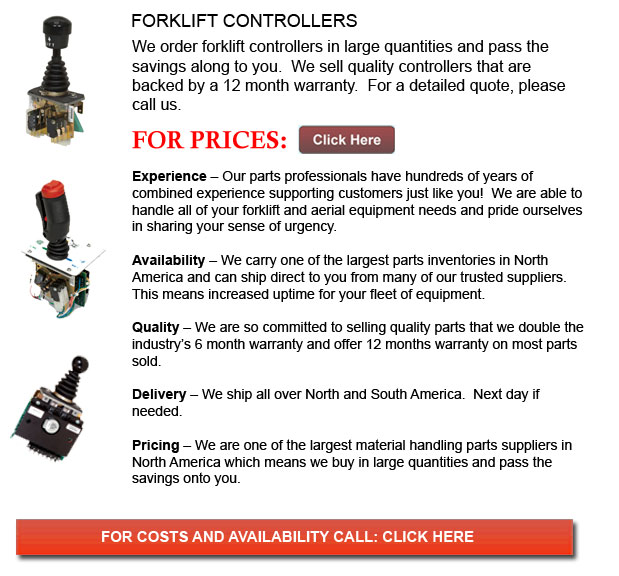
Controller for Forklift - Lift trucks are available in a wide range of load capacities and a variety of units. Nearly all forklifts in a standard warehouse surroundings have load capacities between 1-5 tons. Larger scale units are utilized for heavier loads, like for instance loading shipping containers, could have up to fifty tons lift capacity.
The operator could utilize a control so as to lower and raise the blades, which are likewise referred to as "tines or forks." The operator could also tilt the mast to be able to compensate for a heavy load's propensity to tilt the blades downward to the ground. Tilt provides an ability to function on bumpy surface too. There are yearly competitions for experienced lift truck operators to compete in timed challenges and obstacle courses at regional lift truck rodeo events.
All forklifts are rated for safety. There is a particular load limit and a specific forward center of gravity. This very important information is provided by the maker and placed on the nameplate. It is vital loads do not go beyond these specifications. It is against the law in numerous jurisdictions to tamper with or take out the nameplate without obtaining permission from the forklift maker.
Most lift trucks have rear-wheel steering in order to increase maneuverability. This is particularly effective within confined spaces and tight cornering spaces. This particular kind of steering differs quite a little from a driver's initial experience along with other motor vehicles. As there is no caster action while steering, it is no necessary to utilize steering force in order to maintain a constant rate of turn.
Another unique characteristic common with lift truck use is instability. A continuous change in center of gravity takes place between the load and the lift truck and they should be considered a unit during operation. A lift truck with a raised load has centrifugal and gravitational forces that could converge to cause a disastrous tipping mishap. In order to prevent this from happening, a lift truck must never negotiate a turn at speed with its load raised.
Lift trucks are carefully built with a specific load limit for the tines with the limit lessening with undercutting of the load. This means that the freight does not butt against the fork "L" and will decrease with the elevation of the tine. Normally, a loading plate to consult for loading reference is positioned on the forklift. It is dangerous to utilize a forklift as a worker lift without first fitting it with specific safety devices like for example a "cherry picker" or "cage."
Forklift utilize in warehouse and distribution centers
Important for whichever warehouse or distribution center, the lift truck has to have a safe setting in which to accommodate their efficient and safe movement. With Drive-In/Drive-Thru Racking, a forklift must go in a storage bay which is many pallet positions deep to put down or obtain a pallet. Operators are normally guided into the bay through rails on the floor and the pallet is positioned on cantilevered arms or rails. These tight manoeuvres require skillful operators to be able to complete the job safely and efficiently. In view of the fact that each pallet requires the truck to enter the storage structure, damage done here is more common than with different kinds of storage. Whenever designing a drive-in system, considering the dimensions of the tine truck, as well as overall width and mast width, have to be well thought out to guarantee all aspects of a safe and effective storage facility.
![]() Click to Download the pdf
Click to Download the pdf
Forklift Parts
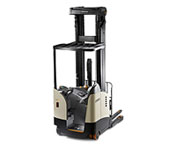
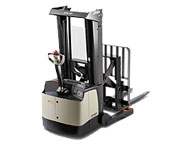
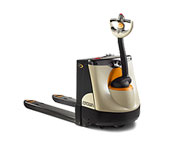
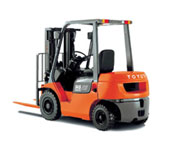
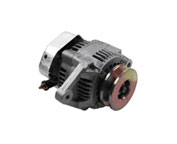
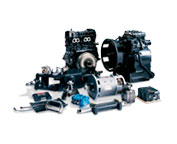
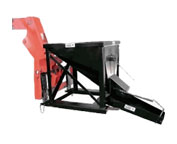
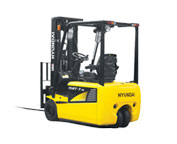
Lift Parts Express
TOLL FREE: 1-888-695-7994
LOCAL: 707-324-0194
1007 WEST COLLEGE AVE 180
Santa Rosa, California
forkliftpartssantarosa.com
Email Us
About Us


